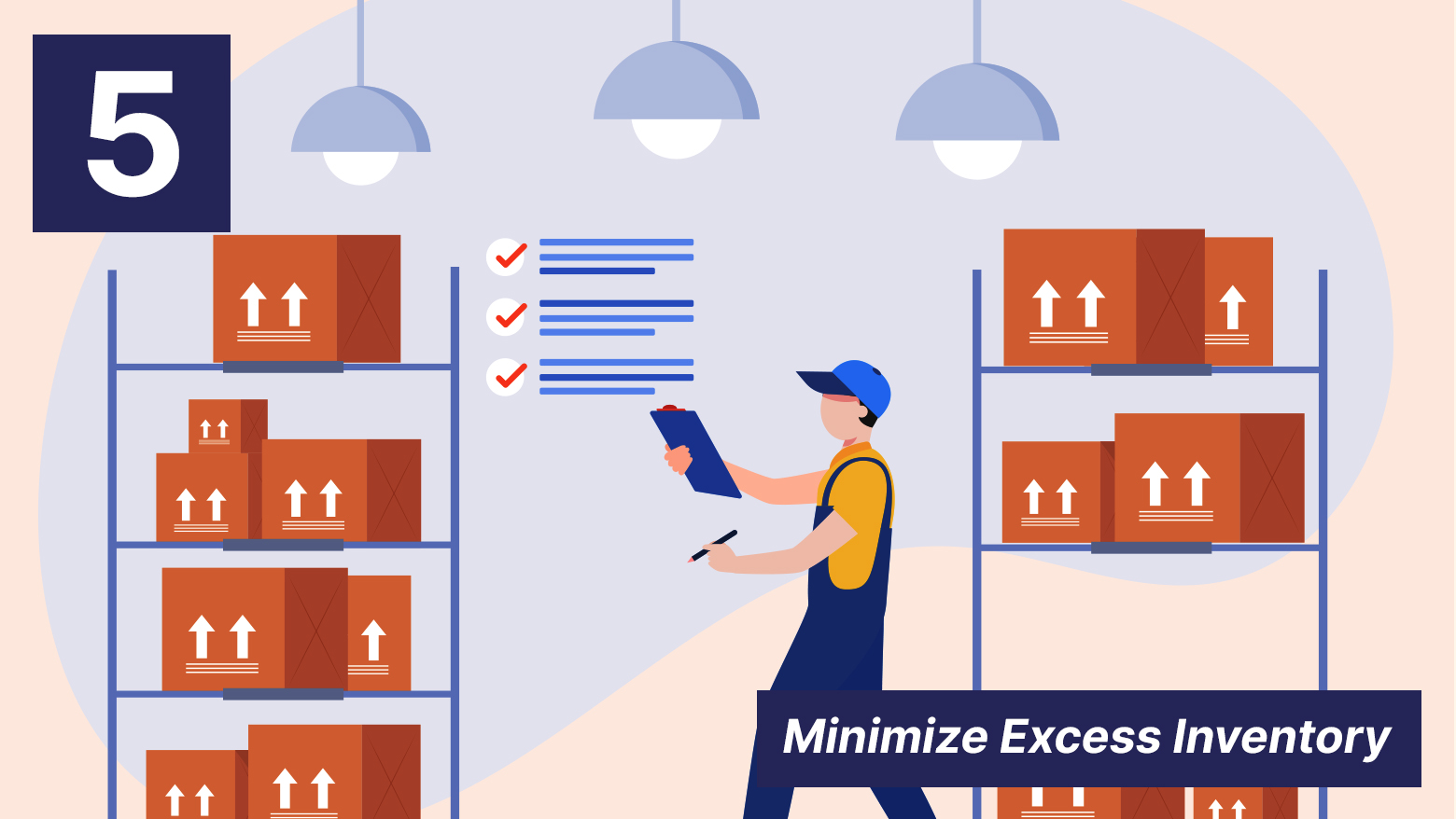Before the digital age, a retail business navigated the complexity of optimal inventory turnover ratio by relying on manual instinct and experience to predict the ever-shifting tides of consumer behavior because of limited resources or tools.
The lack of advanced technology and comprehensive solutions for tracking customer flow painted a challenging landscape for businesses, where every misstep in inventory management could have deep consequences on profit margins and operational efficiency.
Unlike how advanced data analytics and real-time insights are widely used now, most retailers struggle with the inherent unpredictability of customer demand, working to align inventory levels with fluctuating sales data.
Some retailers are also faced with the challenging task of obtaining a delicate balance— maintaining enough stock to meet customer demand while avoiding the financial traps of stagnant or obsolete inventory.
The evolution of technology and the advent of advanced solutions for tracking customer flow represent a transformative point for the retail industry.
Today, we will explore seven strategic approaches provided by Mediaset, transitioning into a more optimized inventory management.
1. Real-time Inventory Management Visibility

Empower your store with precise inventory management capabilities by harnessing real-time data on product movements and customer interactions with LinkRetail's comprehensive data. This data is necessary for calculating the inventory turnover ratio, providing insights into how quickly products are moving off the shelves.
In identifying customer activities through the intelligent analysis of in-store footage, you can strategically align stock levels with demand, minimizing the risk of excess inventory or stockouts. Safety stock can be adjusted dynamically to respond to fluctuations in demand, further enhancing the efficiency of inventory turnover.
2. Embrace Data-Driven Demand Forecasting

Utilize heat map data to accurately forecast future sales data and demands for specific products or categories based on their popularity and the areas with the highest shopper concentration. Aligned inventory levels contribute to a high inventory turnover rate.
The proactive approach from our offered solution utilizes single-camera heatmaps on the floor plan of the store, where you can gain a holistic view of the shopper flow. This advanced feature allows you to identify high-traffic areas, giving you the capacity to improve inventory turnover directly.
3. Implement Efficient Inventory Turnover Calculation

Utilizing the inventory turnover ratio is key to understanding how well a retailer manages its inventory. This is where Mediaset's Analytics solution facilitates precise inventory turnover calculations by overlaying heat maps onto the store's floor plan.
You can also analyze different zones for shopper metrics, enabling targeted adjustments. For example, products with a high inventory turnover rate may be placed in zones with higher foot traffic.
This metric helps you assess the efficiency of your inventory management strategies and make informed decisions about restocking or discounting slow-moving items.
4. Prioritize Good Inventory Turnover Ratio

A good inventory turnover ratio indicates a healthy and efficient supply chain.
A/B testing and optimization's handy heat map images focus on maintaining an optimal balance between average inventory and cost of goods sold so that retailers can ensure a steady flow of products through their stores— maximized sales and cash flow!
5. Minimize Excess Inventory

Excess inventory can tie up capital and lead to low inventory turnover. Combining the capabilities offered by Mediaset powered with LinkRetail's video analytics automates the reordering process when inventory levels reach a predefined point, preventing excess inventory. Another benefit is that you can easily compare the performance of product categories within your stores or from different stores because of zone analysis, which will be helpful with product positioning and inventory adjustments efficiently.
Also, use Zone Analytic reports to identify areas where targeted promotions or discounts may effectively reduce excess inventory.
6. Leverage Sales Performance Data

Understand which products contribute most to sales for inventory optimization.
Integrate the sales performance data with shopper flow analytics, allowing retailers to focus on high-performing items and refine marketing strategies to improve the overall turnover ratio.
7. Tailor Marketing Strategy to Customer Demand

Understand your store's target demographics and identify their needs, preferences, and behaviors.
How? Utilize the benefits of analytics tools to adjust strategies accordingly by measuring the performance of your marketing campaigns. Implement thorough A/B testing to experiment with your different approaches and identify the most effective strategies.
In Link Retail analytics, customer and store interaction patterns are provided in adequate detail, reporting every point of the store with active customer activities.
Moreover, the data obtained is trustworthy and can be confidently used for decision-making.
The strategies outlined here enhance a retailer's ability to align inventory efficiently with dynamic consumer demands and emphasize the vital role of diversity in retail data analytics.
Traditionally, the focus has been on tracking customers inside the store. Still, the real impact lies in understanding the broader scope of effects that Mediaset's offered retail analytics tool can have.
It goes beyond mere surveillance, offering you calibration that ensures accuracy and consistency in data collection, providing reliable insights into inventory turnover ratio through real-time analytics.


